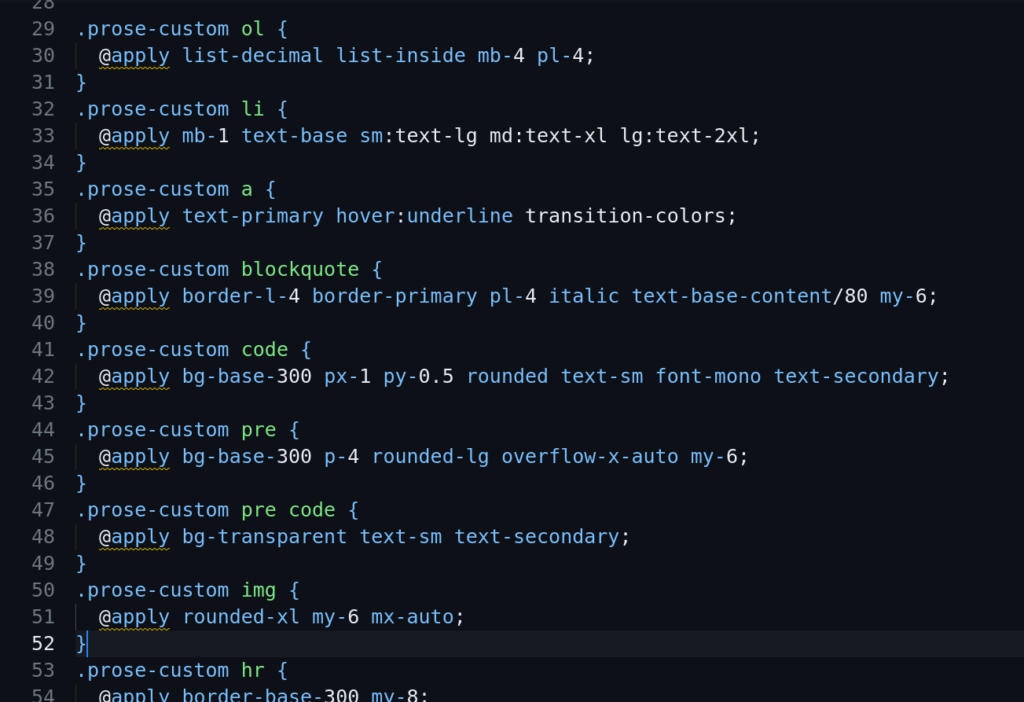Why Tailwind CSS is My Ideal Choice for Projects?
The use of Tailwind CSS is not just a preference; it is a strategic choice I make in frontend development to achieve maximum speed, consistency, and code cleanliness. This framework has transformed my workflow, particularly when using modern PHP stacks.




🎯 Utility-First Philosophy: Code That’s Always Clean and Readable
Tailwind CSS is founded on the utility-first philosophy. Instead of creating single-use semantic classes like .product-card-title, we use atomic, composable classes (p-4, text-xl, shadow-lg, flex).
- Eliminates Context Switching: All styling occurs directly within the markup (HTML or Blade). The developer doesn’t need to switch between .html and .css files, which drastically accelerates the coding process and reduces cognitive load.
- Reduces ‘Dead Code’: There is no need to invent hundreds of unique class names and then track which ones are obsolete. If a utility class is removed from the HTML, it is automatically removed from the final CSS bundle.
⚙️ Integration with the PHP Ecosystem: Laravel and Roots.io
Tailwind CSS is quickly becoming the frontend development standard in the PHP ecosystem due to its perfect synergy with templating engines.
Laravel
Laravel’s Blade templates are exceptionally compatible with the utility-first approach. Tailwind classes can be effortlessly encapsulated within reusable Blade Components, providing:
- Clean Logic: Application logic stays within PHP/Laravel, while styling is fully contained within the component.
- Rapid Prototyping: Building complex interfaces that once took days now takes mere hours.
Roots.io Stack (Bedrock and Sage 11)
This is the key point: Sage 11 doesn’t just support Tailwind—it ships with it pre-configured.
- Sage 11 / Acorn: Sage 11 uses the Laravel (Acorn) architecture, and its starter theme is natively configured for Tailwind. This makes it the de facto standard for creating high-performance and modular themes in WordPress.
- Bedrock / Clean Architecture: When combined with Bedrock (which provides a clean project structure and Composer dependency management), Tailwind helps build lean themes with minimal CSS, which is essential for clean architecture and superior performance in WordPress projects.
⚡️ Performance and Adaptability
Tailwind CSS is synonymous with performance at the final product level.
- Minimal CSS Footprint: Thanks to JIT compilation (or its modern equivalents), the final CSS file contains only the classes used in the project. This results in files often weighing only a few kilobytes, which is critical for SEO and Core Web Vitals metrics.
- Built-in Responsive Design: Intuitive prefixes (sm:, lg:, xl:) make responsive markup incredibly fast and easy, guaranteeing a flawless mobile experience.
By admin